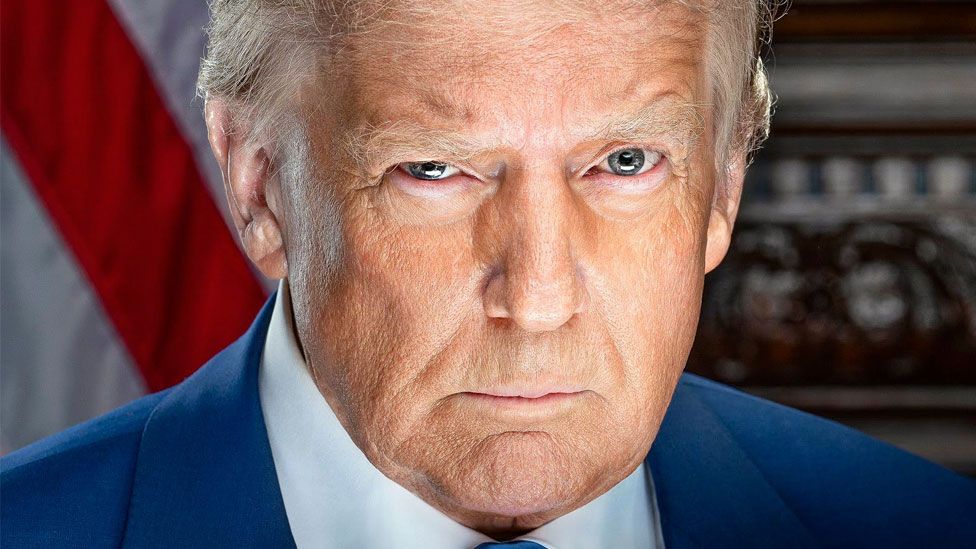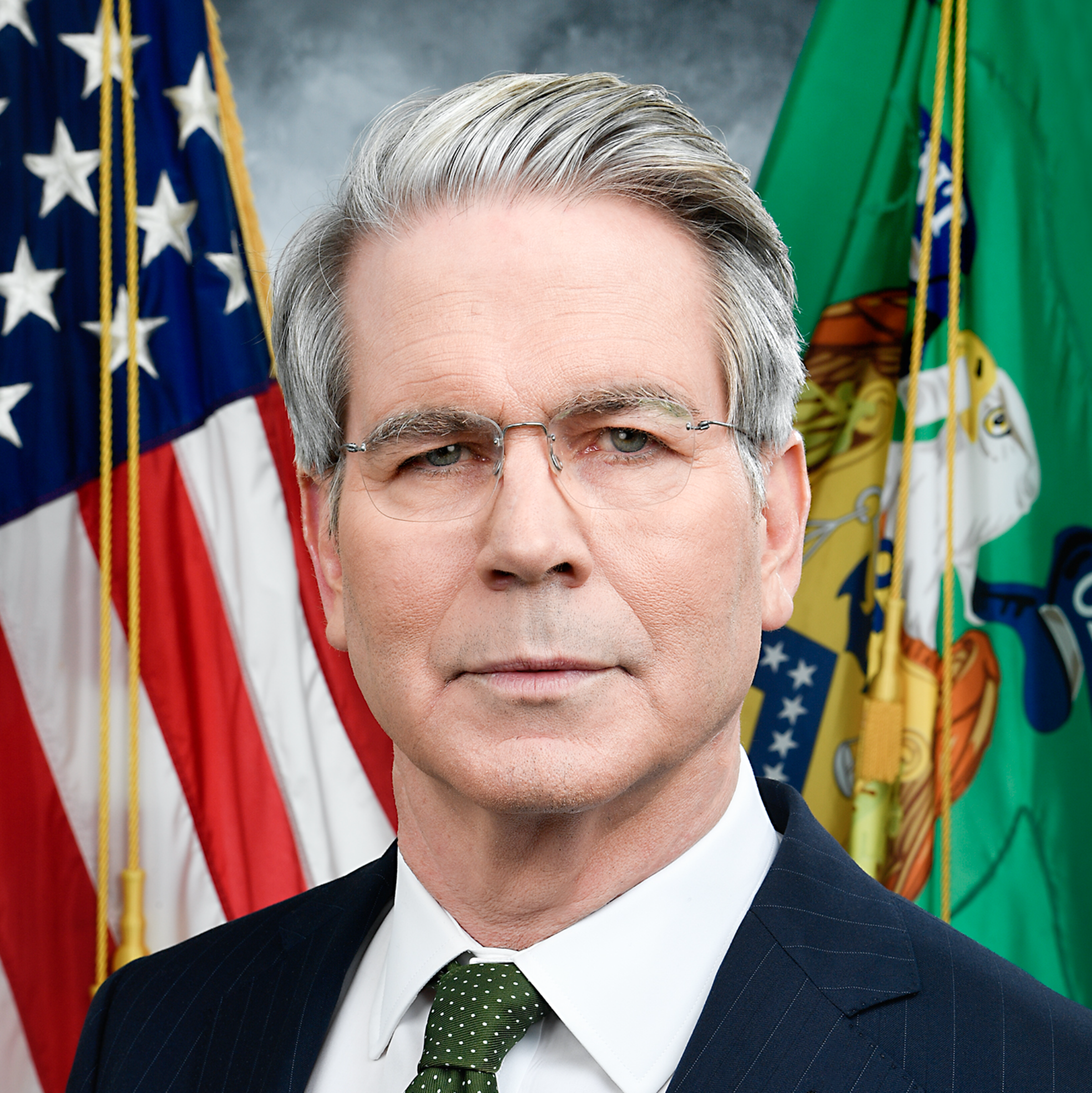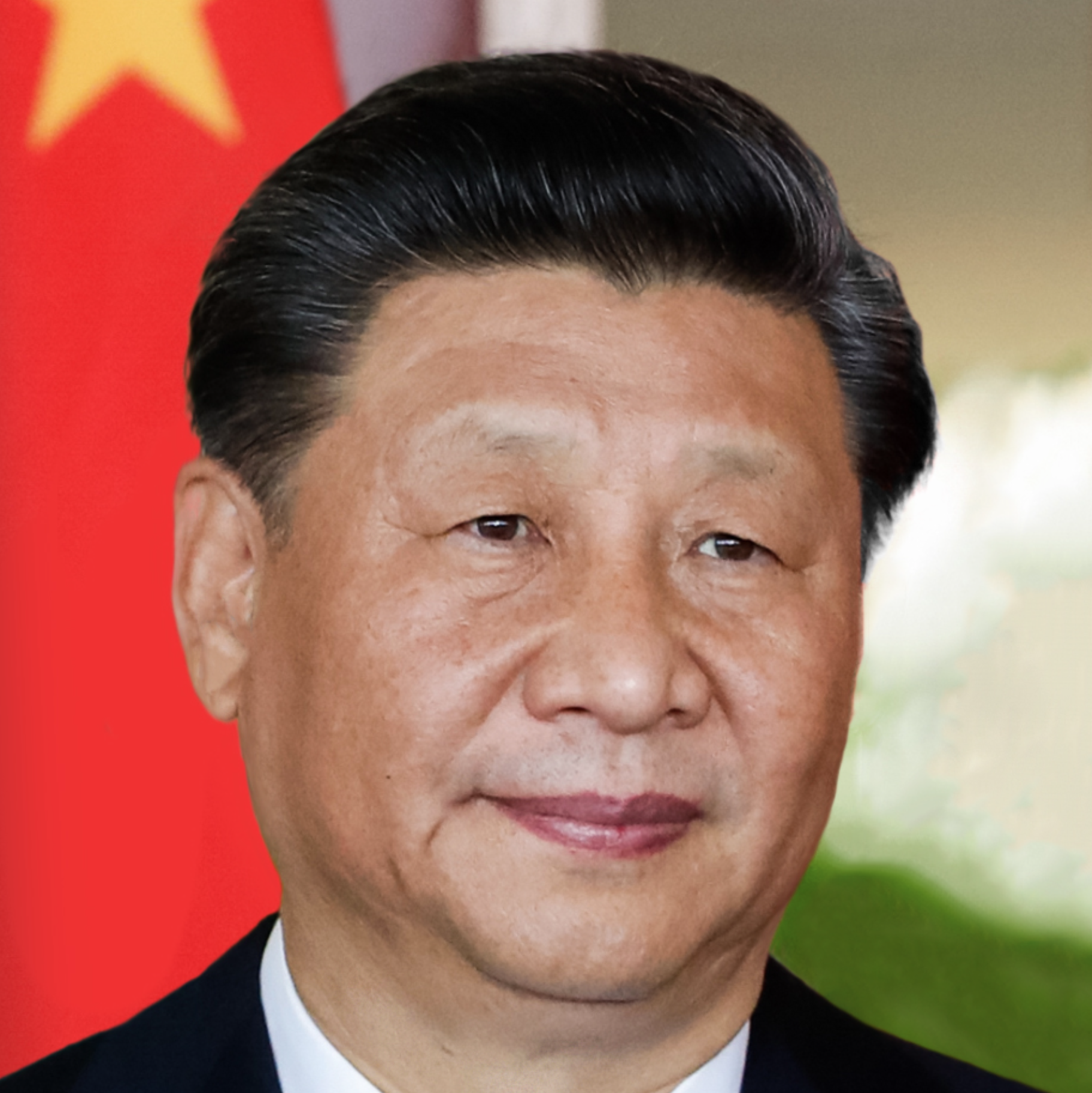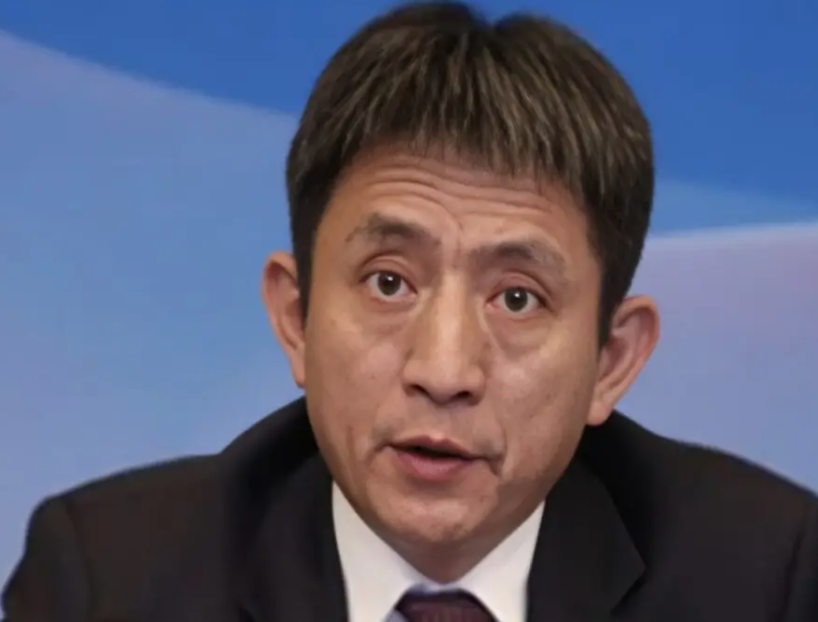
US-China Trade War Update July 2025: Timeline, Tariffs, Economic Impact & Diplomatic Outlook
February to July 2025
The US-China trade war has reached a critical juncture in July 2025, with temporary diplomatic agreements providing fragile stability while both nations approach an August 10 deadline that could trigger massive tariff escalations. Despite Geneva and London negotiations producing framework deals, the trade conflict remains the most significant disruption to global commerce since World War II, fundamentally reshaping supply chains and imposing substantial economic costs on both countries and their trading partners.
- Temporary truce masks underlying tensions: May 12 Geneva talks and June 9-10 London negotiations led to a 90-day tariff reduction to 10%, but the August 10 deadline looms, with tariffs set to snap back to 30-145% if no permanent deal is reached.
- Diplomatic progress remains precarious: The Trump-Xi phone call in June 2025 was the first since the trade war began, but core issues like technology transfer remain unresolved.
- Current tariff landscape: As of July 2025, US tariffs on Chinese goods average 51.1% (covering 100% of imports), while Chinese retaliatory tariffs average 32.6%—both down from April peaks but still highly disruptive.
- Economic damage mounting: US households face $1,200–$3,800 in annual cost increases; GDP and real wages are projected to decline; bilateral trade and container imports have collapsed.
- Market volatility: The S&P 500 dropped 21.4% from February to April, then rebounded to record highs after the Geneva agreement; volatility remains extreme.
- Ongoing negotiations: Key officials from both sides are engaged, with third-party mediation (WTO, G20, EU) ongoing, but fundamental disputes remain unresolved.
- Expert consensus: Economists warn of systemic risks, with potential for recession or worse if a sustainable agreement is not reached by the August deadline.
- Supply chain transformation: Southeast Asia, especially Vietnam and India, are major beneficiaries as US and global firms diversify away from China.
The path forward requires navigating complex domestic political pressures in both countries while addressing legitimate economic concerns about technology transfer, intellectual property, and strategic competition. The August 10 deadline represents a pivotal moment that could determine whether negotiations produce lasting solutions or trigger renewed escalation to potentially catastrophic tariff levels.
Share this analysis
Help others stay informed about the US-China trade war
Live Updates
Tracking 22 eventsThis page is actively monitoring US-China trade relations. Events are updated as they occur.
Duration of US Trade Negotiations
Current progress compared to Average:
0 months since negotiations began on 4/2/2025
April 2, 2025 — "Liberation Day": Start of Current Negotiations
On this day, President Trump announced a minimum 10% tariff on all US imports (effective April 5) and higher tariffs on imports from 57 countries. The announcement of these controversially named "reciprocal tariffs" prompted immediate retaliation from trade partners and triggered a significant stock market crash. This date marks the beginning of the current US-China trade negotiations being tracked above.
Previous US-China Trade Negotiations
Phase One Deal (Trump 1.0)
Obama-Xi Dialogues
This table summarizes key events and statements related to the US-China trade war, focusing on the period from February 1, 2025, to the start of major tariff actions in April 2025. It expands the original table to include additional significant developments, capturing the escalation of tariffs and diplomatic rhetoric during this critical phase of the trade conflict.
The February 2025 reignition of the US-China trade war follows a complex history of economic tensions between the world's two largest economies:
- First Trump Administration (2018-2021): Initial tariffs on solar panels, steel, and aluminum in early 2018 escalated to duties on hundreds of billions in goods. The January 2020 "Phase One" deal required China to purchase $200 billion in additional US goods.
- Biden Administration (2021-2025): Maintained most Trump-era tariffs while pursuing a more multilateral approach, focusing on supply chain security and technology competition rather than trade balance concerns.
- Trump's Return (January 2025): The second Trump administration immediately signaled a hard-line approach to China, culminating in the February 1, 2025, announcement of new tariffs, triggering the current escalation cycle.
The 2025 trade conflict is distinct from earlier tensions due to its unprecedented tariff rates, broader global economic implications, and the context of increasing geopolitical tensions over Taiwan, technology access, and regional security.

The chart below illustrates the rapid escalation of tariffs between the US and China from January to April 2025, showing the dramatic increase in average tariff rates on imported goods.
Source: RiskWhale analysis based on official tariff announcements. Rates shown are weighted averages across affected product categories.
US Strategic Advantages
Trade Imbalance Leverage
China's dependency on US markets (5:1 export ratio) creates asymmetric vulnerability to tariffs
Reserve Currency Status
Dollar dominance in global markets provides stability during trade turbulence
Agricultural Self-Sufficiency
Less dependent on food imports than China, reducing vulnerability to retaliatory tariffs
Alliance Network
Extensive trade relationships with EU, Japan, and other developed economies provide alternatives
Technology Leadership
Maintains edge in semiconductor design, software, and advanced computing platforms
Consumer Market Leverage
Access to US consumers remains critical for Chinese manufacturers and exporters
China Strategic Advantages
Manufacturing Dominance
Controls critical supply chains for electronics, pharmaceuticals, and consumer goods
Political System
Centralized governance allows absorption of economic pain without electoral consequences
Rare Earth Elements
Controls ~80% of global processing capacity for these critical materials
State Control
Ability to direct industries, subsidize affected sectors, and manage public messaging
Belt and Road Initiative
Extensive trade relationships with developing nations provide alternative markets
Debt Leverage
Holds over $1 trillion in US Treasury bonds, creating financial interdependence
Analyst Assessment
The current trade war features mutual vulnerability despite asymmetrical trade flows. While the US holds significant leverage through China's export dependency, China's control of manufacturing supply chains and capacity to absorb economic pressure through state intervention creates resilience. The conflict tests whether economic interdependence or political will proves more decisive in trade negotiations.
Key Figures in the Trade War
The individuals shaping strategies and making decisions on both sides of the US-China trade dispute.

Donald Trump
Donald Trump's negotiation approach, famously outlined in his book 'The Art of the Deal,' provides insight into his handling of the 2025 US-China trade conflict. His aggressive escalation of tariffs and public confidence about securing a deal within weeks reflect core principles from his business playbook.
Trump's negotiation style emphasizes bold moves, psychological tactics, and leveraging power imbalances. In the trade war context, his approach is characterized by extreme opening positions (145% tariffs), creating urgency through deadlines, and a willingness to walk away from negotiations.
Key Negotiation Principles
- Think Big: Set ambitious goals to push harder and achieve more
- Use Leverage Aggressively: Identify and exploit strengths to pressure the other party
- Be Willing to Walk Away: Signal confidence by showing you're not desperate
- Create a Sense of Urgency: Use time pressure to force quick decisions
Practical Tactics
- Start with an Extreme Offer: Anchor negotiations in your favor
- Control the Narrative: Frame the deal to your advantage
- Publicity as a Weapon: Use media to pressure opponents
- Fight for Every Inch: Negotiate hard on every point

Scott Bessent
Scott Bessent serves as Treasury Secretary in the second Trump administration, bringing decades of experience as a global macro investor and hedge fund manager to the role. As founder of Key Square Group and former CIO of Soros Fund Management, Bessent has extensive experience analyzing global economic trends and currency markets.
In the context of the 2025 trade war, Bessent has emerged as a moderating voice in contrast to the president's aggressive tariff policies. His April 22nd statement that the trade war is 'unsustainable' signaled to markets that financial pragmatism exists within the administration, even as tariffs reached unprecedented levels.
Bessent's background combines Wall Street savvy with previous government experience, having served as an advisor to Hungarian monetary authorities in the 1990s. His network includes relationships with international financial leaders that may prove valuable in eventual trade negotiations.
Economic Perspective
- Pragmatic: Views tariffs primarily as negotiating leverage rather than permanent policy
- Market-Oriented: Concerned about financial stability and investor confidence
- Strategic: Focuses on China's trade surplus as key negotiating point
- Forward-Looking: Working on alternative trade deals (like with India) to pressure China
Background
- Founder of Key Square Group (global macro investment firm)
- Former Chief Investment Officer at Soros Fund Management
- Yale University graduate
- Experience in currency markets and global financial systems

Xi Jinping
Xi Jinping, China's most powerful leader since Mao Zedong, has positioned himself as a strong defender of Chinese interests during the 2025 trade war. Under his leadership, China has demonstrated unwavering resolve in the face of U.S. tariff escalations, retaliating with matching measures.
Xi's approach to the trade conflict is shaped by his broader vision of the 'Chinese Dream' and national rejuvenation. His statement that 'China will never be afraid' and is 'ready to fight to the end' encapsulates his blend of nationalist rhetoric and strategic patience in international confrontations.
Since assuming leadership in 2012, Xi has consolidated power and eliminated term limits, allowing him to maintain consistent long-term policies. This political stability gives China strategic advantages in a prolonged trade war, as Xi can sustain economic pressure without the electoral concerns facing democratic leaders.
Leadership Philosophy
- National Rejuvenation: Restoring China's historical greatness
- Self-Reliance: Reducing dependency on foreign technologies
- Party Control: Maintaining CCP authority over economic decisions
- Strategic Patience: Willingness to endure short-term pain for long-term gain
Trade War Strategy
- Targeted Retaliation: Focusing on politically sensitive U.S. exports
- Domestic Resilience: Building supply chain alternatives
- International Alliances: Strengthening ties with EU and other trading partners
- Multilateral Framework: Leveraging WTO and international institutions

Li Chenggang
Li Chenggang is China's newly appointed international trade representative and vice minister of commerce, announced on April 16, 2025, replacing Wang Shouwen. At 58, Li brings extensive experience, having served as China's ambassador to the World Trade Organization (WTO) since 2021 and as an assistant commerce minister during Trump's first administration.
He holds a law degree from Peking University and a master's in law and economics from the University of Hamburg. His appointment comes amid escalating U.S.-China trade tensions, with U.S. tariffs on Chinese imports reaching 145% and China retaliating with 125% tariffs on U.S. goods.
Li's WTO background suggests a strategic shift toward leveraging international frameworks to navigate the trade war. Analysts see his role as critical in potential negotiations to de-escalate tariffs, though no formal talks have started.
Education
- Law Degree, Peking University
- Master's in Law and Economics, University of Hamburg
Previous Positions
- Ambassador to the WTO (2021-2025)
- Assistant Commerce Minister (2017-2021)
The 2025 US-China trade war is estimated to cost the global economy $1.3 trillion by 2026.
Household Impacts
- Average US household faces an estimated $2,200 in annual additional costs
- Chinese consumer prices increased 4.2% year-over-year, driven by import substitution
- Global supply chain disruptions add 12-18% to consumer product costs
Market Reactions
- S&P 500 experienced 18% volatility during peak tariff escalation (April 9-12, 2025)
- Chinese yuan depreciated 7.2% against the dollar since February 2025
- Gold prices increased 14% as investors seek safe-haven assets
Sectoral Impacts
- US agricultural exports to China down 68% from pre-tariff levels
- Chinese electronics manufacturers reporting 30-45% drop in US orders
- Textile, furniture and automotive parts industries facing severe disruptions

Source: Data compiled from Tax Foundation, IMF World Economic Outlook, and Peterson Institute for International Economics (April 2025)

Ray Dalio
Founder, Bridgewater Associates
Key Concept: The Beautiful Rebalancing
Dalio envisions a coordinated adjustment where both the US and China reduce their unsustainable economic dependencies in a way that avoids crisis. Rather than an uncontrolled crash, he advocates for a managed transition that addresses the core imbalances that have developed over decades.
Current Situation Assessment
"Americans (and others) buy inexpensive manufactured goods from China that are financed by the United States borrowing from China (and others)... And in the process, the United States has lost its ability to manufacture effectively, which has contributed to the plight of the bottom 60%, while it has developed a geopolitically threatening dependence on manufactured goods from China."
Dalio identifies a circular dependency where US consumption of Chinese goods is financed by Chinese purchases of US debt, creating vulnerabilities for both nations. He characterizes this as "an unsustainable imbalance" that must end either through coordination or crisis.
US Needs to:
- Cut the deficit
- Raise manufacturing
- Cut consumption
- Reduce its debt burden
China Needs to:
- Cut the surplus
- Lower manufacturing
- Raise consumption
- Reduce its debt burden
Key Questions for Resolution
- Will the two sides work well together to engineer big reductions in these imbalances?
- How will a deal be enforced?
- Will this deal be adhered to?
The February-April 2025 period represents the most severe escalation of trade tensions between the world's two largest economies since the 2018-2019 tariff conflicts.
This timeline documents a remarkable 10-week period of rapid tariff escalation, beginning with Trump's initial 10% tariff increase on February 1 and culminating in unprecedented rates by mid-April, with the US reaching 145% and China retaliating with 125% on US goods.
The rhetorical positioning of key leaders has been equally significant. Xi Jinping's declaration on April 11 that "China will never be afraid" represents a stark departure from Beijing's traditionally more measured public statements. Meanwhile, Trump's seemingly contradictory messages—claiming a deal was imminent on April 17 while simultaneously raising tariffs—reflect his characteristic negotiating approach of creating confusion and pressure.
China's strategic appointment of Li Chenggang, a seasoned WTO diplomat, as trade negotiator on April 16 suggests Beijing may be positioning to frame the dispute in multilateral terms rather than accepting a bilateral framework that plays to US leverage advantages.
Global Economic Impact
- Supply chain disruptions are forcing multinational corporations to accelerate "China+1" strategies, primarily benefiting Vietnam, India, and Mexico
- Global inflation pressures are mounting as import costs rise across multiple sectors, potentially forcing central banks to adjust monetary policy
- Financial markets show increasing volatility, with S&P 500 experiencing 18% swings during peak tariff escalation in early April
Diplomatic Ripple Effects
- European Union positioned as potential mediator while simultaneously negotiating its own trade stance with both powers
- ASEAN nations increasingly pressured to choose sides or build strategic hedging policies
- WTO dispute resolution mechanisms overwhelmed, further weakening the global trade architecture
Historical data from the Peterson Institute for International Economics indicates US trade negotiations typically take 1.5 years from initiation to agreement. Given the current trajectory and lack of substantive dialogue by late April, a resolution before Q3 2026 appears increasingly unlikely.
As the trade conflict intensifies, three potential scenarios emerge for the remainder of 2025:
Scenario 1: Negotiated De-escalation (30% probability)
Pressure from domestic business interests and financial markets forces both sides to enter serious negotiations by Q3 2025, gradually reducing tariffs to pre-February levels by year-end, while establishing new monitoring mechanisms for trade practices.
Scenario 2: Sustained High Tariffs (45% probability)
Tariffs remain largely in place through 2025 as both economies adjust to the new normal. Sectors adapt through reshoring, nearshoring, and finding alternative markets, while negotiations continue sporadically with limited progress.
Scenario 3: Further Escalation (25% probability)
The conflict expands beyond tariffs into technology restrictions, financial sanctions, and proxy economic warfare in third markets. Both nations activate "nuclear options" – China selling US Treasury bonds and the US restricting Chinese access to SWIFT or dollar-denominated transactions.
The interplay between economic necessity and political posturing will determine which scenario prevails. With 2025 emerging as a pivotal year in US-China relations, the current tariff war may mark the beginning rather than the climax of a fundamental restructuring of the global economic order.
| Country/Region | U.S. Imports | % of Total | Key Imported Goods | U.S. Exports | % of Total | Key Exported Goods | Trade Deficit/Surplus | World GDP Share |
|---|---|---|---|---|---|---|---|---|
| European Union | 576 | 17.45% | Vehicles, pharmaceuticals | 367 | 21.59% | Aircraft, machinery | -209 | 13.64% |
| China | 427 | 12.94% | Electronics, machinery | 132 | 7.76% | Soybeans, aircraft | -295 | 16.36% |
| Japan | 136 | 4.12% | Vehicles, electronics | 80 | 4.71% | Machinery, aircraft | -56 | 1.64% |
| Vietnam | 114 | 3.45% | Electronics, apparel | 12 | 0.71% | Cotton, machinery | -102 | 0.43% |
| South Korea | 113 | 3.42% | Vehicles, electronics | 71 | 4.18% | Machinery, semiconductors | -42 | 1.64% |
| India | 87 | 2.64% | Pharmaceuticals, textiles | 40 | 2.35% | Precious stones, aircraft | -47 | 3.55% |
| Total (Selected) | 1,672.77 | 50.69% | 825.66 | 48.57% | -847.11 | |||
| Total Trade | 3,300.00 | 100.00% | 1,700.00 | 100.00% |
Key Insights from Trade Data
- China represents the largest U.S. trade deficit at $295 billion, accounting for almost 35% of the combined deficit with selected countries
- While China accounts for 12.94% of U.S. imports, U.S. exports to China represent only 7.76% of total exports, highlighting the trade imbalance at the center of tensions
- The top three trading partners (EU, China, Japan) account for 34.51% of all U.S. imports and 34.06% of exports
- Electronics and machinery appear frequently as both imported and exported goods, suggesting complex supply chain interdependencies
Found this analysis helpful?
Share it with colleagues and friends interested in US-China trade relations